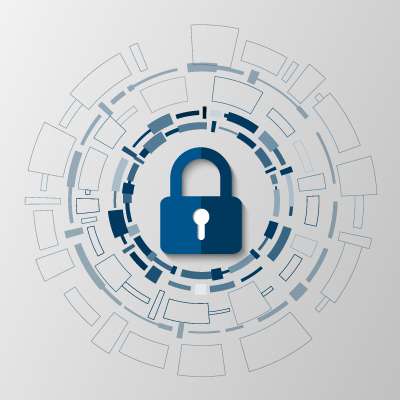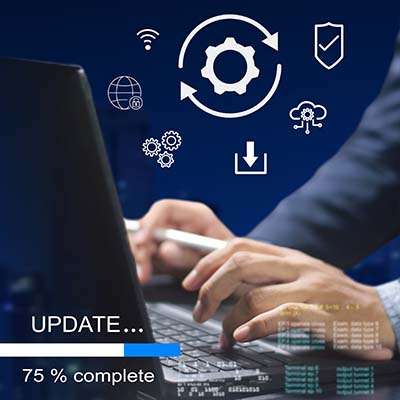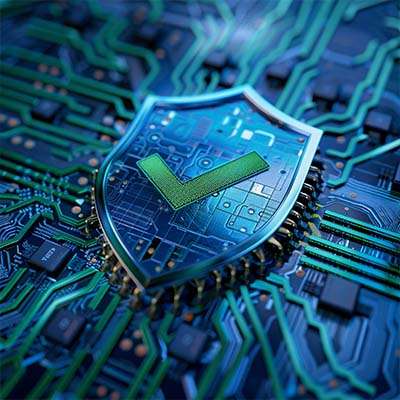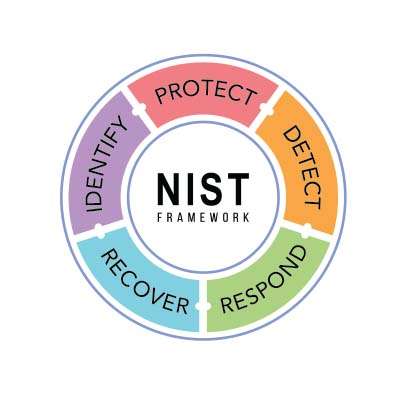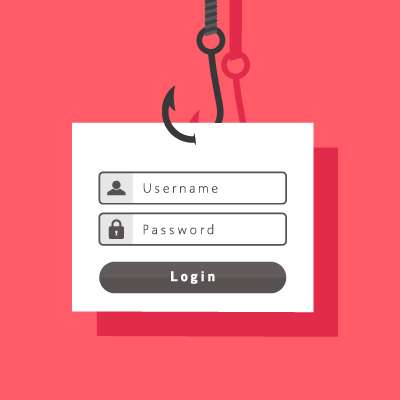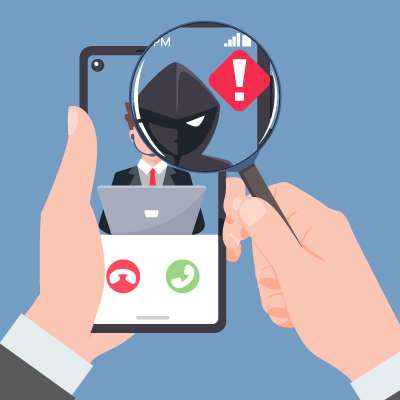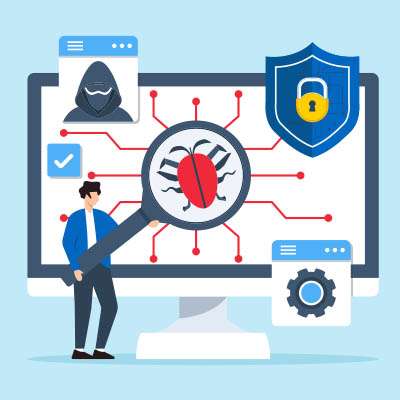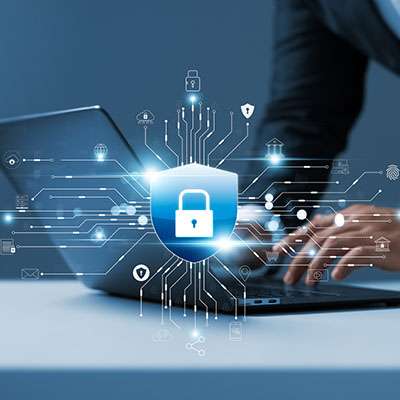Cybersecurity is intensely critical, so a business owner would think implementing every security feature and defense would be a good idea. As research has shown, this can be counterproductive, as only 67% of surveyed security leaders know what led to cybersecurity incidents in their businesses over the past year.
Macro Systems Blog
The threat landscape is littered with companies that have failed to adjust their security strategy to the most prevalent and modern threats. If you want to ensure you have the best chance at keeping your network and data secure, you need to build a strategy that actively addresses the threats that are actively trying to undermine your business’ security efforts. Listed below is how to adjust to today's threats competently.
The Disney brand has long cultivated an image of magic and wonder. That being said, this image has yet to materialize any magical effects in reality. For example: people still suffer from food allergies while visiting Disney’s various parks.
This makes it especially dangerous that a former Disney employee was allegedly still able to access a specialized menu-planning app and make alterations, like changing prices, adding language that Disney certainly would not approve of, switching text to the unintelligible “Wingdings” font, and worst of all… changing menu information.
In June of this year, publisher Chicken Soup for the Soul Entertainment, best known for its book series of the same name, filed for Chapter 7 and Chapter 11 bankruptcy and had many of its assets liquidated. One of these assets was the movie rental service Redbox and its eponymous scarlet rental kiosks, rendering the service defunct.
Nonetheless, many kiosks remain standing outside businesses even now, which makes us wonder… what about all the data they collected while they were in use?
A well-structured framework is essential for establishing effective, consistent policies and strategies. This applies to many areas, including network security. Listed below is a look into the National Institute of Standards and Technology (NIST) cybersecurity framework, which outlines steps to help safeguard your business.
This blog post is written in the format of a daytime soap opera. Please make sure you read all of the dialogue as if being whispered by extremely attractive television stars and starlets!
Life goes on in the small town of Oak Falls, deep woods surrounding the little hamlet nestled on the coast of Cape Seguridad. Let’s follow the lives of some of the residents, their lives Of Vice… and Vulnerability.
Would you trust a bank that locked its doors for the night but left all its cash in a big pile in the middle of the floor? Probably not— if someone managed to get through the doors, nothing would stop them from helping themselves to the money inside.
This is effectively how cybersecurity once worked, with the presumption that if someone had access to a network, they had permission to access any data on it. Luckily, many businesses have made the switch to a better approach, known as zero-trust security.
Security awareness training is an imperative process for today's businesses to undergo to have any chance of success. Alas, as much as security software or policy can help, it can only do so much. You also need your team members to be on board, knowledgeable about what they need to do, and motivated to do it.
Listed below are some security awareness training tips.
Sextortion scams are scary. The scammer contacts the victim, claiming to have gotten access to their computer and captured video footage of their target engaging in some private and decidedly adult activities, as well as the content that was onscreen at the time. The threat: pay up, or I send the footage to all of your contacts.
However, lately hackers have added another layer of “proof” to these claims, now referring to victims by name and including pictures of their homes. Listed below are what one of these scams looks like and what you should do if one appears in your inbox.
Remote work has been incredibly useful over the past few years despite many employers having various concerns about its implementation. While these concerns vary, one prevalent one is how remote operations impact cybersecurity.
If you’re utilizing remote operations to any degree and aren’t concerned about cybersecurity, you must adjust this mindset and correct your approach.
Data breaches can cripple organizations and can come from a lot of different directions. They can be the result of phishing attacks where your staff unwittingly gives hackers access to your business’ resources. It can come from a brute force attack where hackers use innovative tools to break into your network. It can even be the work of disgruntled employees who use their access to steal company data. Listed below are the top three things you can do to keep your business from being hacked.

